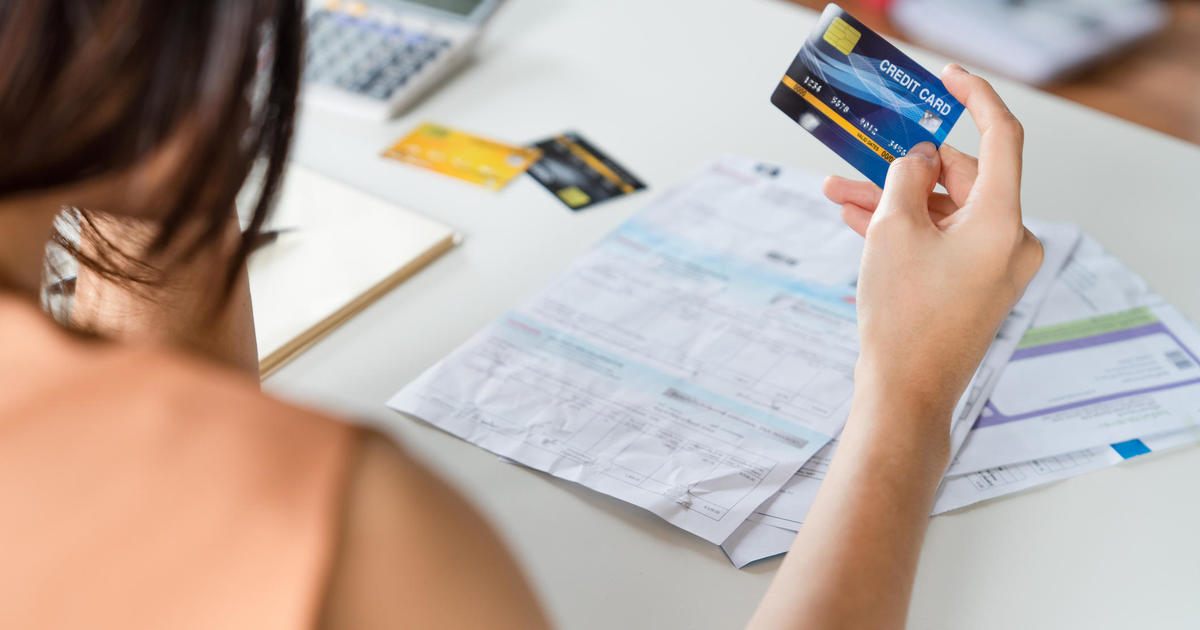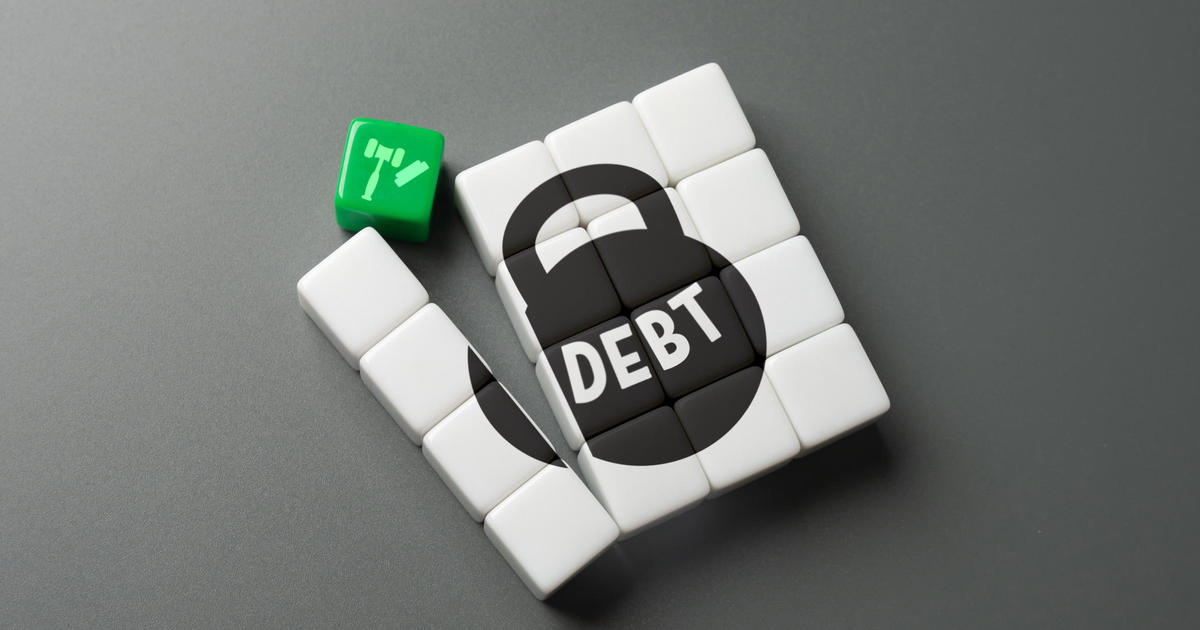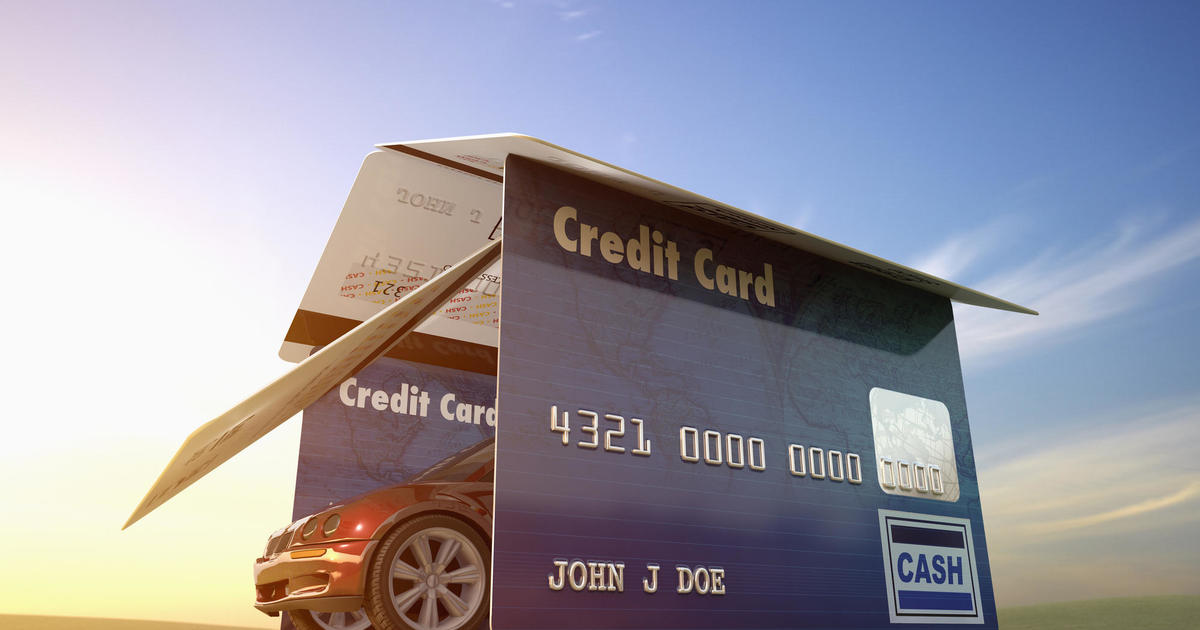Biden has a backup plan for student debt relief. Here's how it works.
The Biden administration is pushing forward with another approach to tackling the student debt crisis while its main initiative, a plan to forgive up to $20,000 in student loans per borrower, remains stuck in legal limbo.
Even if the debt-forgiveness effort is struck down by the courts, the Department of Education's Plan B could help millions of borrowers by overhauling income-driven repayment plans. It also addresses some of the worst pitfalls of student debt, such as "negative amortization," or when a person's loan balance keeps growing despite their consistently making payments.
The plan to reform income-driven repayment plans, or IDRs, was first announced in August but was overshadowed by the Biden administration's blueprint for forgiving up to $20,000 in debt per borrower. But with the debt-relief program stopped in its tracks by legal challenges — and now headed for the conservative-leaning Supreme Court — the Education Department said it is moving forward with the other part of its plan, which will overhaul IDRs with the goal of helping lower- and middle-income borrowers.
The IDR overhaul "is hugely important," Persis Yu, deputy executive director of the Student Borrower Protection Center (SBPC), an advocacy group for people with student debt, told CBS MoneyWatch. "We see so many borrowers say, 'I don't get it — I took out $15,000 and now I owe $40,000,' which is emotionally demoralizing and financially devastating."
IDRs "worked in a really toxic way before," she said.
Here's what to know.
What are income-driven repayment plans?
Income-driven repayment plans are designed to help make student loans more manageable by pegging a person's monthly payment to their income. About one-third of all borrowers are enrolled in an IDR, according to Pew Research.
But critics have pointed out that IDRs have some major pitfalls. First, there are four such plans, each with their own rules and criteria, which can be a headache for borrowers to navigate. Worse, the plans have been criticized for allowing student debt to grow through negative amortization, with one report from the SBPC noting that some borrowers have seen their college loan obligations double or triple despite being in a repayment plan.
Negative amortization occurs when a repayment isn't enough to cover the interest on a loan, which means the unpaid interest is added to the loan's principal — that can then snowball despite the borrower's repayments.
What would happen to IDRs under the Biden plan?
Biden administration officials said Tuesday that they will mostly phase out three of the IDR plans and focus on one program that it intends to simplify and make more generous. The plan slated to remain is called the Revised Pay As You Earn, or REPAYE, program, which was first introduced in 2016.
Could this plan get challenged in court?
Because the Biden administration is proposing to overhaul existing IDR plans and has followed procedures to do so, Yu said she doesn't believe it's likely.
"Somebody could [still] come in and say, 'You didn't follow the rules,' but that's another type of challenge," Yu noted.
The student-debt relief plan to forgive up to $20,000 in loans is facing two legal challenges: one brought by a coalition of six Republican-led states and a second brought by two borrowers from Texas with outstanding student loans. In the first case, the states argues the plan will hurt revenues earned from servicing federal loans. The second lawsuit argues the plan represents "executive overreach."
What will change about REPAYE?
The Biden administration wants to revise the REPAYE plan through a series of proposed regulations that will be published in the Federal Register on January 11.
Under the proposed regulation changes, REPAYE will increase the amount of income that is protected from debt repayment. Currently, enrollees must make payments equal to 10% of their discretionary income, which is set at earnings above 150% of the federal poverty guidelines. That means only $20,400 of income for a single borrower is considered nondiscretionary and therefore protected from IDR plans.
The proposal would boost the amount of nondiscretionary income for single borrowers to about $31,000, or 225% of the federal poverty threshold. That means more of a borrower's income would be shielded from going toward debt repayment, providing more money for necessities such as rent or food.
Borrowers in a family of four would see their incomes shielded below $62,400 under the new guidelines, the Education Department said.
The proposal will also halve the percentage of discretionary income that borrowers must repay, with the share declining to 5% from 10% currently.
What would happen to unpaid interest?
The proposal would eliminate the issue of negative amortization, or applying unpaid interest to a borrower's balance.
About 7 in 10 borrowers in IDR plans have seen their balances increase after entering the plans, the Education Department said on Tuesday.
"Under the proposed plan, a borrower would continue to have their monthly payment first applied to interest, but if it is not sufficient to cover that amount, any remaining interest would not be charged," the Education Department said in a statement.
Would this impact loan forgiveness?
The proposal also makes some changes to loan forgiveness, shortening the time for people with student debt to get relief.
Current plans promise to cancel any remaining debt after 20 or 25 years of payments. The new regulations would erase all remaining debt after 10 years for those who took out $12,000 or less in loans. For every $1,000 borrowed beyond that, a year would be added.
This change would most likely help community college graduates, the Education Department said. It estimates that 85% of community college borrowers would be debt-free within 10 years of entering an IDR program.
Are any loans or borrowers excluded from this plan?
People who took out Parent PLUS loans — typically parents of college students — are excluded from the revised plan.
Yu of the Student Borrower Protection Center said this exclusion is harmful to many families, since parents often rely on these loans to finance their children's education.
Parent PLUS loans "are so easy to get and so critical for low-income families to provide their kids access to college," Yu noted. "Excluding Parent PLUS borrowers drives more families further into poverty."
How much would all this save borrowers?
Typical graduates of a four-year university would save about $2,000 a year compared with today's plans, the Education Department said.
It added that, on average, lower-income borrowers would see the biggest relief, with lifetime payments per dollar borrowed declining by 83% on average for borrowers in the bottom 30% of earnings. By comparison, those in the top 30% of income earners would see their payments decline by 5%.
What is the projected cost to taxpayers?
Overhauling IDR plans could cost as much as $190 billion, according to the Committee for a Responsible Federal Budget, a public policy group that pushes for lower government debt.
The group called the proposal "costly and flawed" in a statement on Tuesday. Among its criticisms, aside from the program's price tag, is that it could ultimately drive tuition costs higher and encourage more Americans to take out loans to fund their college education.
The public may comment on the Biden administration's proposal at the Regulations.gov website for 30 days.
When would the changes go into effect?
The Education Department said it expects to finalize the rules later in 2023 and believes it can start implementing some provisions sometime this year.
—With reporting by the Associated Press.



